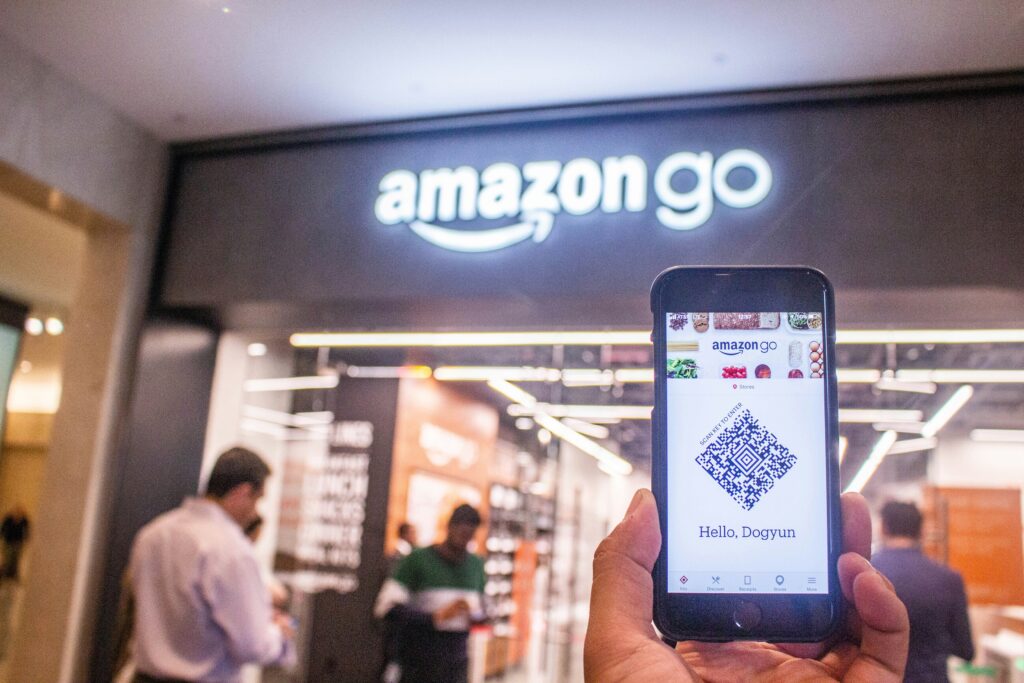How to Get Customers Using Rufus and Alexa+
AI powered tools like Rufus and Alexa+ are transforming the way customers interact with the Amazon ecosystem. While brands are optimizing their strategies to align with these advancements, the success of such efforts hinges on customer adoption. In this article, discover what these tools are called, why using them is important, and how to get customer buy-in.

Photo by Scarbor Siu on Unsplash
Understanding Amazon’s AI Tools
Rufus: The AI Shopping Assistant
Rufus is Amazon’s generative AI-powered shopping assistant, designed to help customers make informed purchase decisions. Available in the Amazon Shopping app and on desktop, Rufus can answer questions on a variety of shopping needs and products, provide comparisons, and make recommendations based on conversational context.
Alexa+: The Next-Generation Personal Assistant
Alexa+ is Amazon’s next-generation AI assistant, offering a more conversational, smarter, and personalized experience. Free with Prime, Alexa+ helps customers stay organized, provides detailed answers tailored to their needs, and handles tasks ranging from project planning to solving daily challenges—all through natural conversation.

Photo by Simon Bak on Unsplash
The Importance of Customer Engagement with AI Tools
While brands are investing time and resources to optimize their presence for AI tools like Rufus and Alexa+, the full potential of these investments is realized only when customers actively engage with these tools. Without customer adoption, the enhanced product listings and AI-optimized strategies may not yield the desired impact.
Strategies for Encouraging Customer Adoption
1. Educate Customers on AI Tool Benefits
Instead of relying on abstract descriptions, show customers how to use Rufus and Alexa+ through interactive walkthroughs, demo videos, or tooltips placed throughout the shopping experience. This lowers the barrier to entry and helps customers understand how these tools can save time, simplify product comparisons, and provide tailored recommendations.
2. Optimize Product Listings to Align With AI Capabilities
Ensure that product information is comprehensive, accurate, and up to date to enhance AI tool performance. Prioritize complete specs, high-resolution images, and well-organized descriptions. The clearer the information, the better Rufus and Alexa+ can surface products in relevant contexts and answer customer questions with confidence, directly influencing conversion.
3. Incorporate AI Tools Use Cases into Marketing Content
Showcase specific ways customers can use Rufus and Alexa+ through campaigns, emails, and social content. For example, demonstrate how Rufus can compare eco-friendly kitchen products, or how Alexa+ can set reminders to repurchase essentials. Highlighting practical, real-world use cases builds awareness and reinforces these tools’ everyday value.

Photo by Sanket Mishra on Unsplash
Conclusion
As AI continues to evolve, its role in e-commerce will only become more significant. Brands that proactively encourage customers to engage with AI tools like Rufus position themselves to benefit from enhanced customer experiences and potentially increased sales. By focusing on customer education and engagement, brands can ensure that their efforts in optimizing for AI are fully realized.





